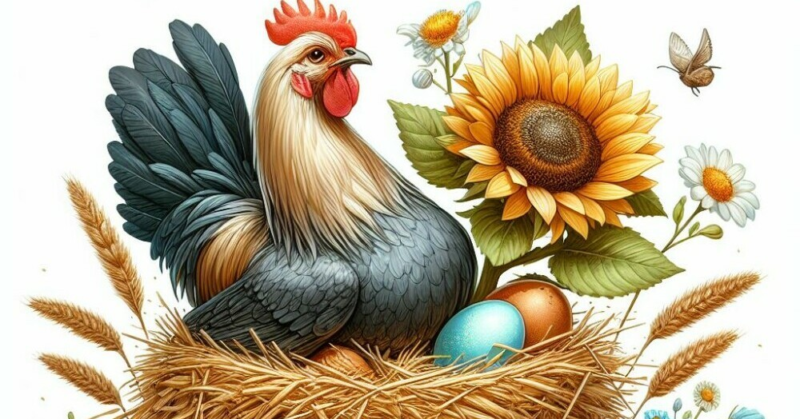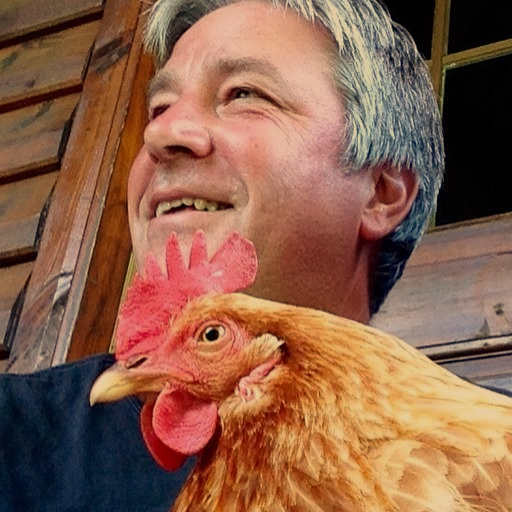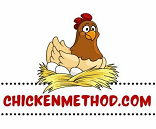
This is a short post about the purpose of chicken bedding. It’s 100% nonsense-free, and that’s why it’s so short. It’s not just about keeping your chickens comfortable—although that’s certainly a big part of it.
Bedding has three main purposes in coop management. It absorbs moisture, reduces odors, and helps manage waste, crucial for maintaining a clean environment for your birds.
Good bedding minimizes the risk of respiratory issues, pests, and the spread of disease – issues that are often overlooked but are incredibly significant. Prevention is better rather than cure.
Now, let’s talk about bedding materials. There’s straw, wood shavings, sand, and more—each with its own unique benefits and downsides. I’ll run through what each material offers so you can make an informed about your and your flock’s needs.
Making the Wise Choice – Selecting Chicken Bedding
I will get to the point—choosing the right bedding for chickens. The bedding you select directly influences the health and happiness of your birds, including everything from their respiratory health to how effectively they lay eggs.
When picking out bedding, look for absorbent materials that don’t retain moisture. Excess dampness can lead to mold and disease outbreaks.
High-quality bedding is also crucial in odor control, which is pleasant for you and better for the chickens. Good air quality in the coop is essential for the birds to thrive.
Now, as an aside, there’s a lot of opportunity to choose bedding that can be composted or repurposed. This isn’t just environmentally friendly; it also makes economic sense, reducing waste and potentially saving money in the long run.
As someone concerned with animal welfare and sustainable farming practices, your approach to selecting chicken bedding should be thorough.
GOOD NEWS! I’ve done the work for you.
Let’s examine four common bedding choices: shavings, straw, hay, and sand, focusing on their pros and cons.
Shavings (Wood Shavings)
Pros:
- Absorbency: Wood shavings are highly absorbent, helping to keep the coop dry and reduce the smell of ammonia.
- Availability: They are widely available in most regions and can be purchased in large bales or bags.
- Comfort: Softwood shavings provide a comfortable surface for chickens to rest and lay on.
- Compostable: Wood shavings can be composted and eventually used as garden mulch, contributing to a sustainable cycle.
Cons:
- Cost: Depending on your location, wood shavings can be more expensive than other bedding materials.
- Maintenance: They need to be replaced regularly to maintain cleanliness and comfort.
- Dust: Some types of wood shavings can be dusty, which might affect respiratory health.
Straw
Pros:
- Insulation: Straw provides excellent insulation, keeping the coop warmer in winter and cooler in summer.
- Cost-Effective: It is generally cheaper and more readily available, especially in rural areas.
- Compostable: Like wood shavings, straw can be composted, enriching garden soil.
Cons:
- Pest Attraction: Straw can harbor mites and other pests that could harm your chickens.
- Moisture Retention: It doesn’t absorb moisture as well as wood shavings, leading to potential dampness and odor issues.
- Decomposition Rate: Straw decomposes slower than shavings, which can lead to a buildup of material if not cleaned out regularly.
Hay
Pros:
- Nutritional Snack: Hay can provide a supplementary snack for chickens, as they might peck at it.
- Insulation: Similar to straw, hay offers good insulation properties.
Cons:
- Mold Growth: Hay retains moisture and can easily mold, posing health risks to chickens.
- Cost: Good quality hay can be expensive, especially if it’s also intended for livestock feed.
- Pest Issues: Like straw, hay can attract and harbor pests.
Sand
Pros:
- Ease of Cleaning: Sand makes cleaning easy since droppings and wet spots can be scooped out, similar to a litter box.
- Drainage: Offers excellent drainage, keeping the coop floor dry.
- Durability: Sand doesn’t need to be replaced as often as organic bedding materials.
Cons:
- Weight: Sand is heavy and difficult to replace or move around when needed.
- Temperature: It can get very cold in winter, offering little insulation.
- Cost and Availability: Depending on your location, the initial setup with sand can be costly, and it might not be readily available in bulk.
Each bedding material has its unique advantages and drawbacks. The choice often depends on your specific circumstances, including climate, coop design, material availability, and personal preference for coop maintenance.
MitesBGone Dried Herbs For Chickens is a mix of all-natural nesting herbs for chicken coops, houses, and dust baths.
Balancing comfort for your chickens with ease of maintenance for you is key to a happy, healthy flock.
Please share what you prefer to use for bedding in the comments below. Readers will be very interested in your experience.
Thanks for stopping by.
Dave

Chickenmethod.com


